ONE
Quality under control thanks to patented solutions for professional purposes enclosed in a single extruder 3D printer. Unique and sturdy construction guarantees a perfect 3D printing stability and top prints quality.
Quality under control thanks to patented solutions for professional purposes enclosed in a single extruder 3D printer. Unique and sturdy construction guarantees a perfect 3D printing stability and top prints quality.
Professional 3D printers’ users seek for printing platform that gives the freedom of choosing the material, ensures the high quality of 3D prints and enables long and reliable operations. 3DGence ONE is equiped with patented PUSH system that allows the quick hotend change in favor of easy use. Dedicated electronics ensures the 3D printer autocalibration due to special sensors that scan the heatbed eliminating possible problems with printing process.
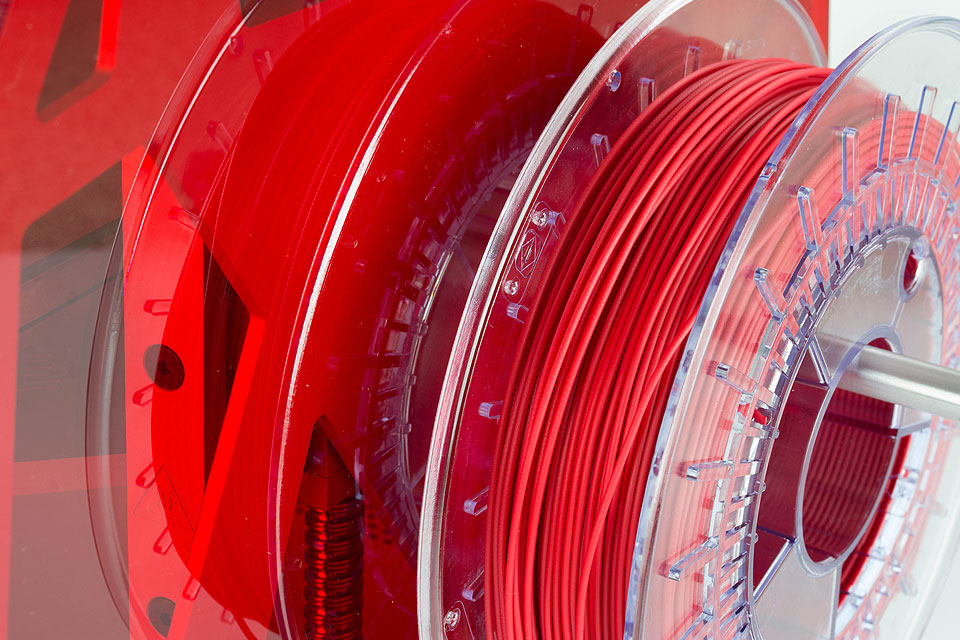

3D printing with almost all materials available on the market.
The best printout quality resulting from ready to use, dedicated materials gathered in a vast constantly widened material base. Industrial construction of the printer, as well as advanced software features, allows adjusting material profiles to the needs of professional users.
Application of FLEX hotend allows to creating a rubber printouts.
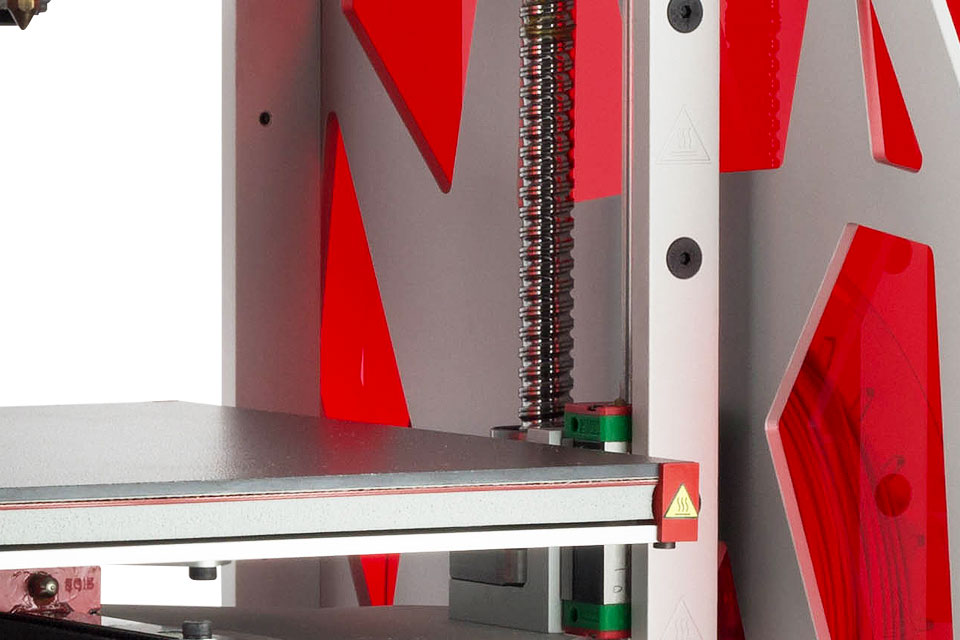
No need to calibrate the 3D printer manually.
Have fully control the 3D printing process. Thanks to the special sensors, the 3DGence ONE scans the heatbed and stores the map of points, so it is possible to detect any surface irregularities.
This solution provides a significant increase of quality eliminates the problem with adhesion between printouts and the surface.

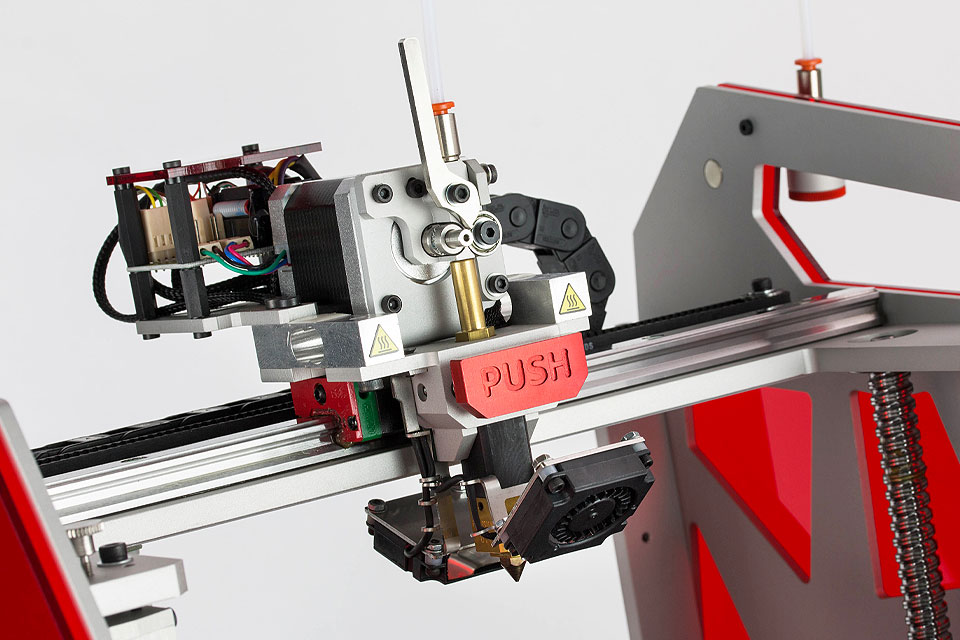

Quick hotend exchange.
PUSH – patented quick hotend exchange system. The solution enables to replace hotend in just a few seconds, without use of tools. Furthermore it allows to customize the printer to the current needs.
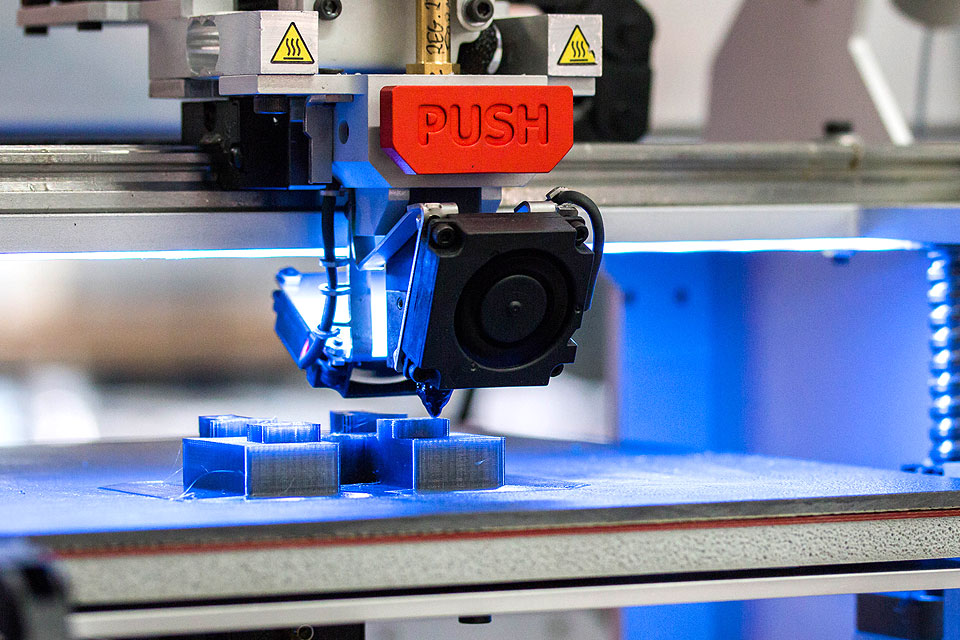
Easily remove 3D printouts
Provides very good adhesion during printing – allows for seamless separation of items from the work area. It leaves a textured surface adjacent to the table at the bottom of the printout.

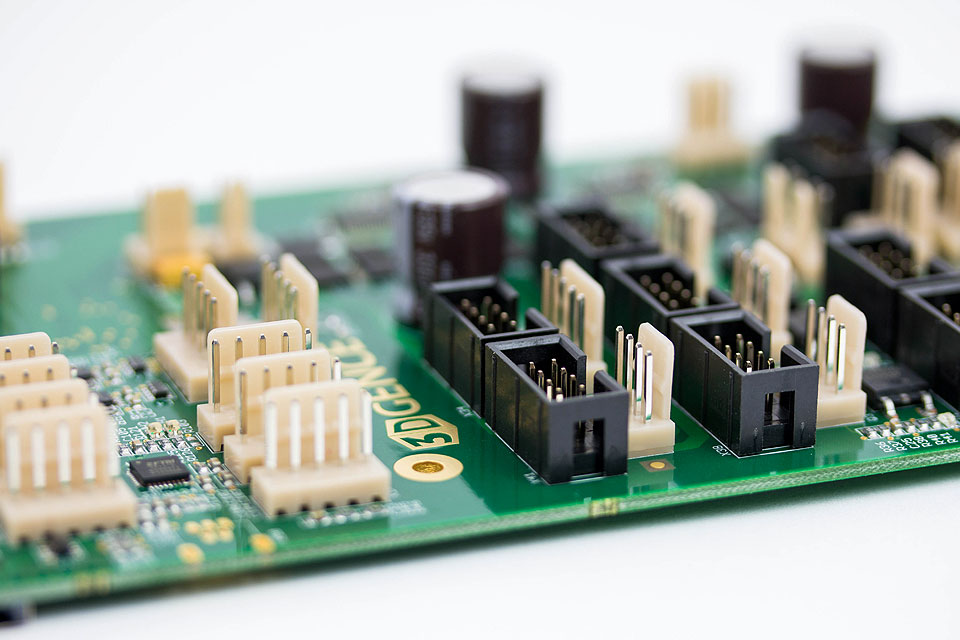

The ability to adjust the electrical power supplied to the engine depending on its speed.
3DGence Titanium has:
– 2 levels of thermal protection of the hotend,
– 3 levels of thermal protection of the heatbed.
Electronics is additionally equipped with circuit and overload protection.
Low volume production
Additive manufacturing is frequently more cost-effective than other legacy manufacturing methods, allowing the rapid production of end-use parts at scale, reducing tooling and inventory costs and accelerating the time tp market.
End Use Parts
In many instances the mechanical properties and surface characteristics of 3D printed parts meet and exceed the customer’s expectation, allowing their use in the actual product.
Prior to launching mass production, engineering and designers benefit from 3D printing functional prototypes that can help verify fit, functionality and optimum integration with other components, accelerating the iterative development cycle and time to market.
Low volume production
Additive manufacturing is frequently more cost-effective than other legacy manufacturing methods, allowing the rapid production of end-use parts at scale, reducing tooling and inventory costs and accelerating the time tp market.
End Use Parts
In many instances the mechanical properties and surface characteristics of 3D printed parts meet and exceed the customer’s expectation, allowing their use in the actual product.
Prior to launching mass production, engineering and designers benefit from 3D printing functional prototypes that can help verify fit, functionality and optimum integration with other components, accelerating the iterative development cycle and time to market.
Low volume production
Additive manufacturing is frequently more cost-effective than other legacy manufacturing methods, allowing the rapid production of end-use parts at scale, reducing tooling and inventory costs and accelerating the time tp market.
End Use Parts
In many instances the mechanical properties and surface characteristics of 3D printed parts meet and exceed the customer’s expectation, allowing their use in the actual product.
Prior to launching mass production, engineering and designers benefit from 3D printing functional prototypes that can help verify fit, functionality and optimum integration with other components, accelerating the iterative development cycle and time to market.
Low volume production
Additive manufacturing is frequently more cost-effective than other legacy manufacturing methods, allowing the rapid production of end-use parts at scale, reducing tooling and inventory costs and accelerating the time tp market.
End Use Parts
In many instances the mechanical properties and surface characteristics of 3D printed parts meet and exceed the customer’s expectation, allowing their use in the actual product.
Prior to launching mass production, engineering and designers benefit from 3D printing functional prototypes that can help verify fit, functionality and optimum integration with other components, accelerating the iterative development cycle and time to market.
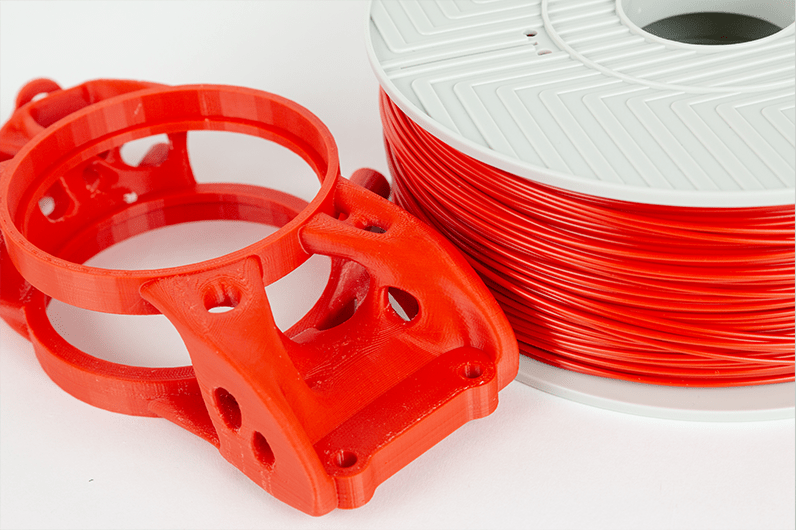
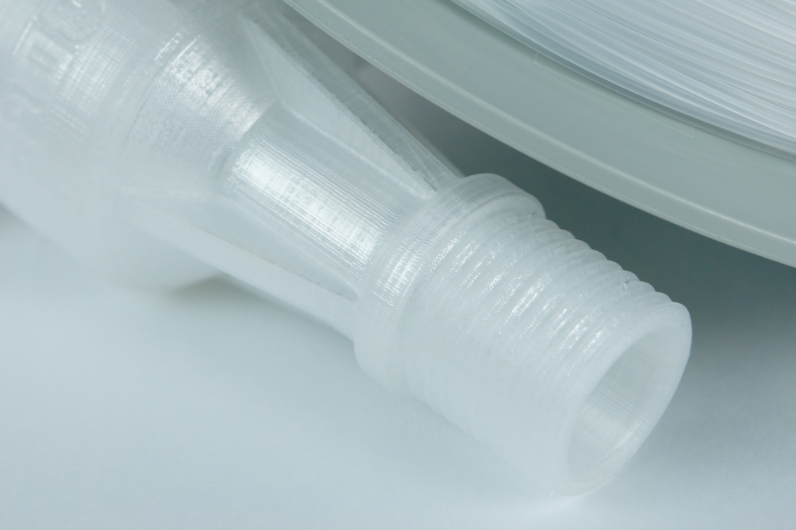
Offers excellent print quality, high fatigue, mechanical strength and good thermal resistance.
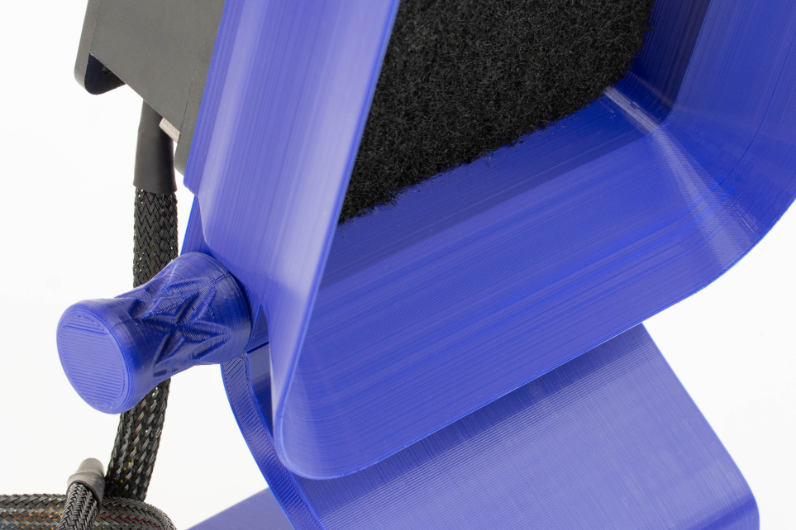
Print technology
FFF
Build volume
235 × 255 × 195 mm (11 685 cm3)
Min. layer heigh
50 μm
Number of printheads
1
Nozzle diameter
0.4 mm
Filament diameter
1.75 mm
Printhead temperature
265°C
Buildplate temperature
160°C
Model materials
PLA, ABS, ASA, TPU, HIPS
Power requirements
230V AC
Max power draw
600W
Average power draw
220W
Communication
USB drive, SD card
Slicing software
3DGence SLICER 4.0




